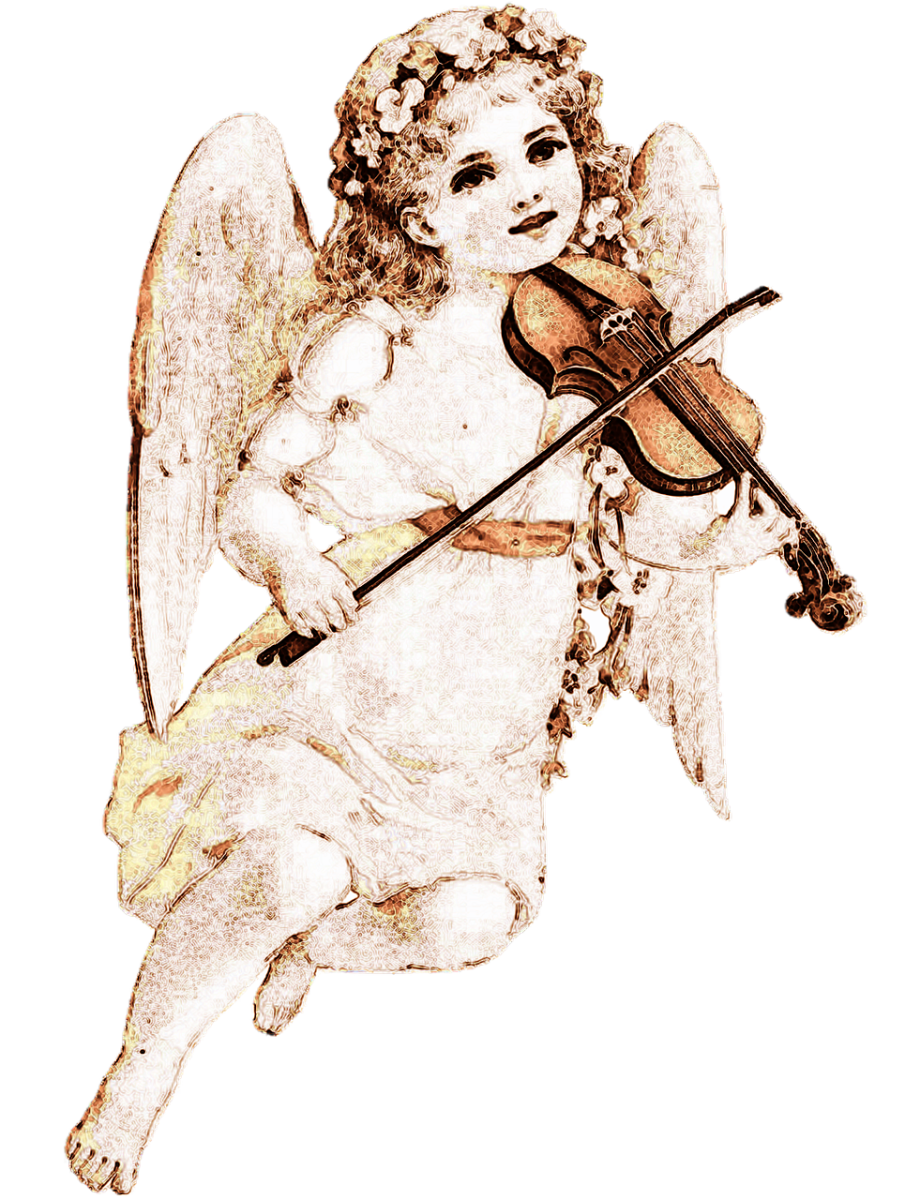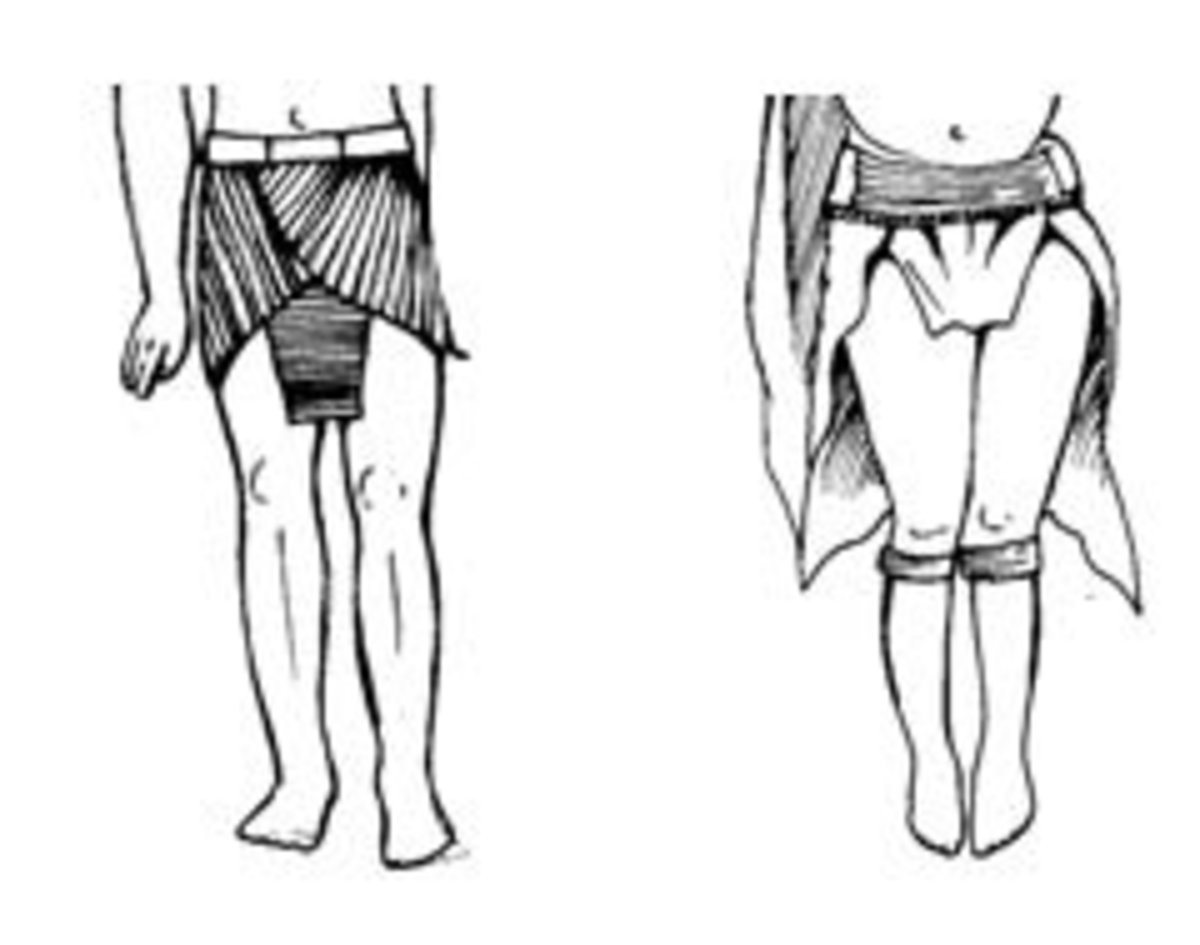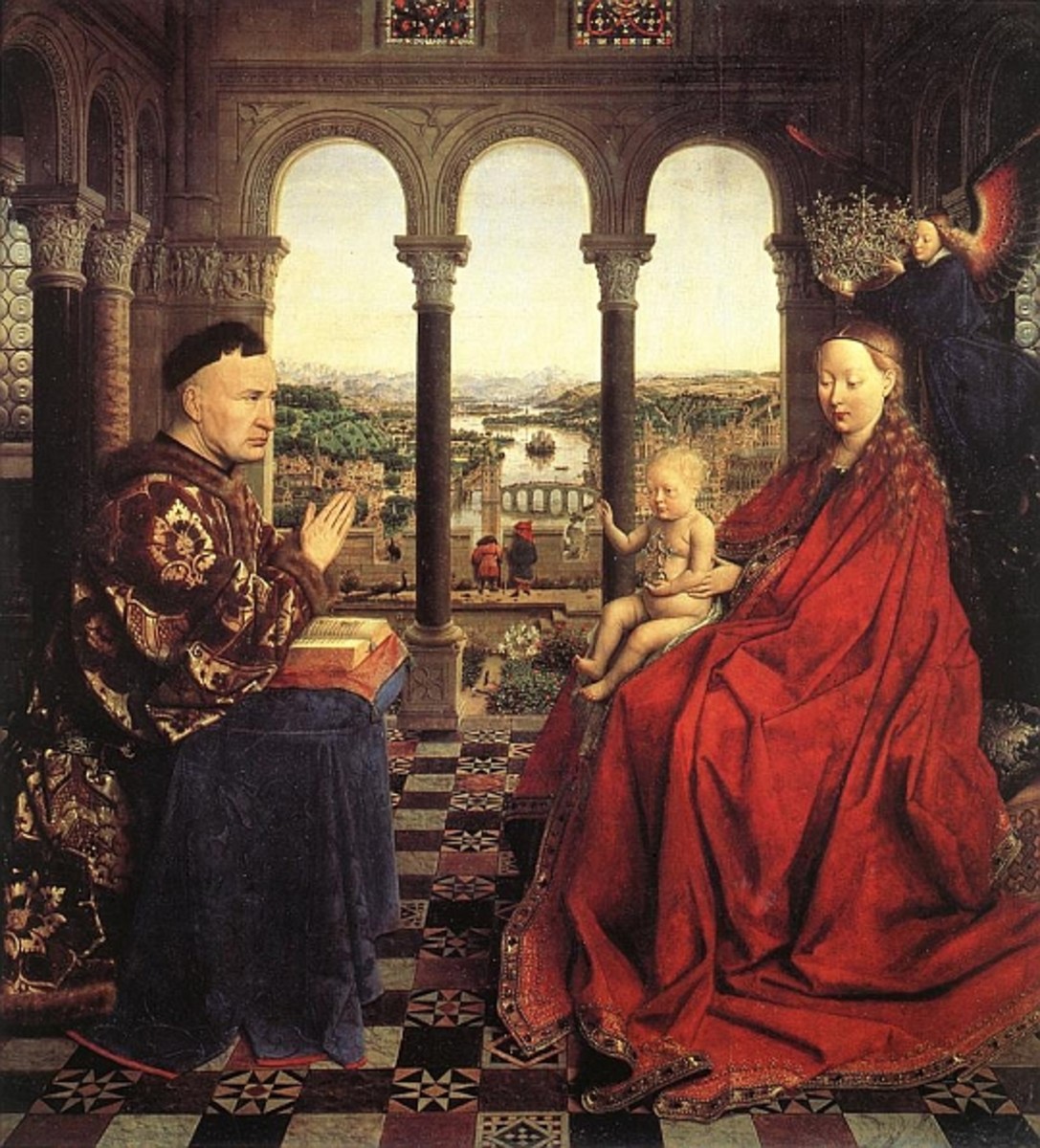Know The French Horn Like a Boss.
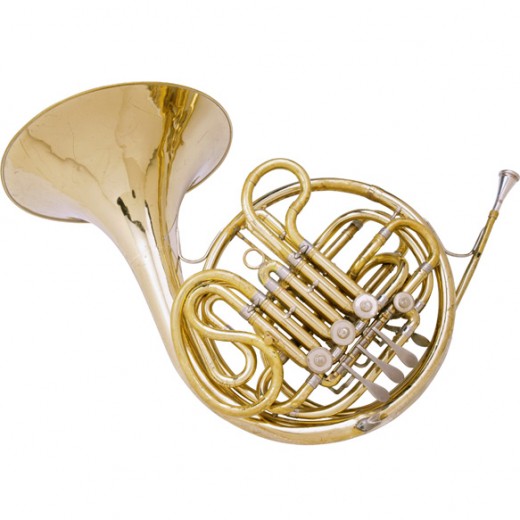
The instrument that you see right above this pretty text is an instrument made by the devil himself. He took 12 feet of brass tubing, twisted it in circles, and attached one of the smallest mouthpieces of the brass family to an instrument nearly as long as the tuba. He called it a french horn.
But in all actuality...
Horns go back thousands of years. Archaeologists have unearthed hollowed animal horns and empty shells with holes drilled in them in dig sites over 4,000 years old. These ancient instruments are merely empty tubes, so how do they work? By applying the same basic technique that is applied to all modern brass playing: lip vibration. Have you ever given someone a raspberry? It's rather like that except with a tube attached to your lips instead of a linty belly button. Technically, any tube can be played like this. In fact, if you have an old magazine laying around your computer desk, you can roll it into a tube shape, raspberry the smaller end, and golly gee a note will come out. This is because all tubes have a length-established harmonic series, or a series of frequencies that can be played by vibrating the lips. However, we have earthly limitations, so small tubes, like the conch shells and animal horns of ancient times, have more frequencies than we are able to reach because our lips cannot vibrate fast enough or small enough to hit those notes.
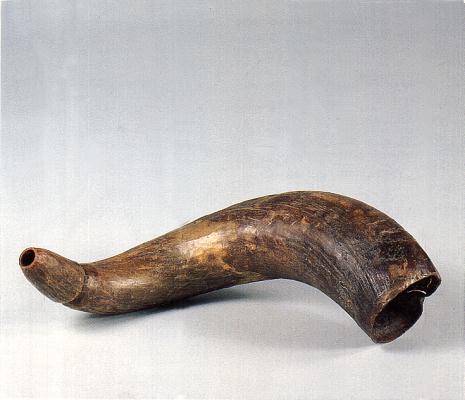

So we had to come up with something bigger and better. This is when horn making truly became an artform.
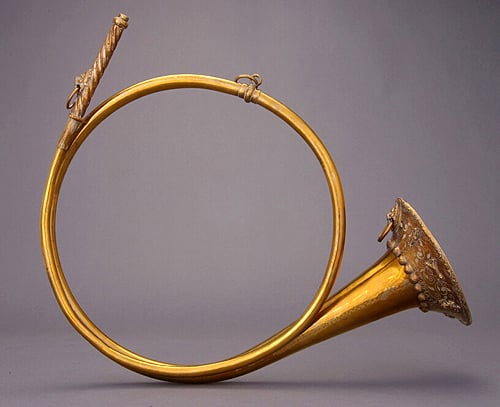
Some guy was really frustrated at his 1-2 note conch shell and decided to create a longer instrument, so as to be able to hit more notes in the harmonic series. This is where we see the appearance of the natural horn. Back in the day, it was largely used to signal hunting parties; huntsmen would ride their horses gallantly over hill and dale wearing this large, gleaming, embellished tube on one shoulder (like a boss.)(How cool would you feel? I know I'd feel like a boss.)(Or Spiderman.) They had a grand time, chasing foxes and rabbits and other innocent, helpless creatures for sport while calling to their hounds on their horns. Very merry people they were. Very very merry.
It was all well and good until they desired to play their natural horns in the orchestra. You see, the natural horn could only hit the pitches established by its harmonic series. They hadn't any valves to get between the large gaps the harmonic series had left for them to fill and they couldn't change key. It is difficult to write an interesting piece of music with such limitations, so composers shyed away from using horns at all unless they were writing a piece inspired by the hunt.
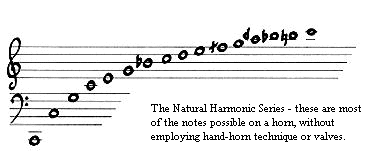
Therefore, to play music in different keys, or even music that changed key at all, a horn player would have to acquire several different horns. That just wasn't practicle by any means. So in the early 1700's the crook was invented. A crook is a coiled piece of tubing that is interchangeable with the first removable slide down the lead pipe of a french horn. It adds or detracts length from the horn, hence allowing it to play a different harmonic series/different key. An early professional horn player simply needed to carry a large sack of crooks around with them, know exactly which coil produced which key, and somehow manage to change crooks mid-song quietly and quickly.
Yet still, composers desired more of them. If you will notice the illustration of a french horn's harmonic series pictured above, there are large spaces between the first 7 notes. How does one play a complex melody with so many notes missing in the easy, middle range of the instrument? Well Anton Hampel, a Bohemian virtuoso hornist, asked the same question and posed an answer: the Hand-Horn technique. This technique, invented around 1760, uses varying right hand positions in the bell to manipulate the pitch. Though slightly muffled, the gaps between those first 7 notes, and even smaller chromatic spaces in the higher notes, could be sounded.
Composers jumped all over this new technique. Haydn wrote two concertos for horn and Mozart wrote four.
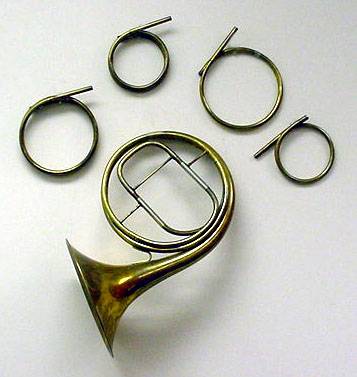
But there must be something easier. Who wants to take care of crooks? And who really wants to use the precise and difficult to master hand-horn technique? We are Americans. Give us fast, cheap, and easy.
How about piston valves? Inspired by the trumpet, pistons were added to the horn. Basically, the crooks that would be carried by earlier horn players were molded onto the horn and the pistons controlled which crook the air flow went through. Therefore, the instrument could hit any number of pitches the player desired by use of the three pistons. The horn became a unit device with no outside crooks to add and no need for hand horn. By the middle 1800's, the natural, crook horn was being pushed out of the picture completely by the single F horn with pistons. The piston valve also inspired another invention: the rotary valve. This type of valve moves in a circle instead of up and down, making it possible to position the horn on a diagonal.
Eventually that lead to the German hornmaker Kruspe to invent a double horn, the horn used by most professionals players to this day. The double horn has another set of tubing on the underside controlled by a fourth valve that routes the air. The second set of tubing is 9 feet long, so it is pitched on the Bb harmonic series, making it easier to hit higher notes on the horn.
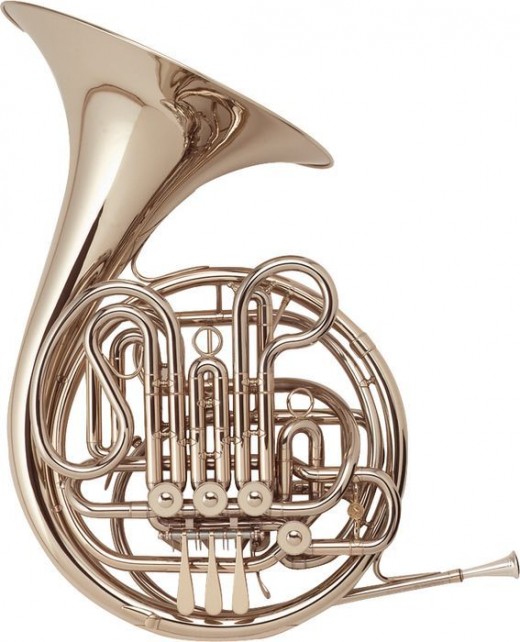
And there you have it! If you've read this, you now know the history of the french horn better than I did when I first started writing this.
Don't tell my professor.


